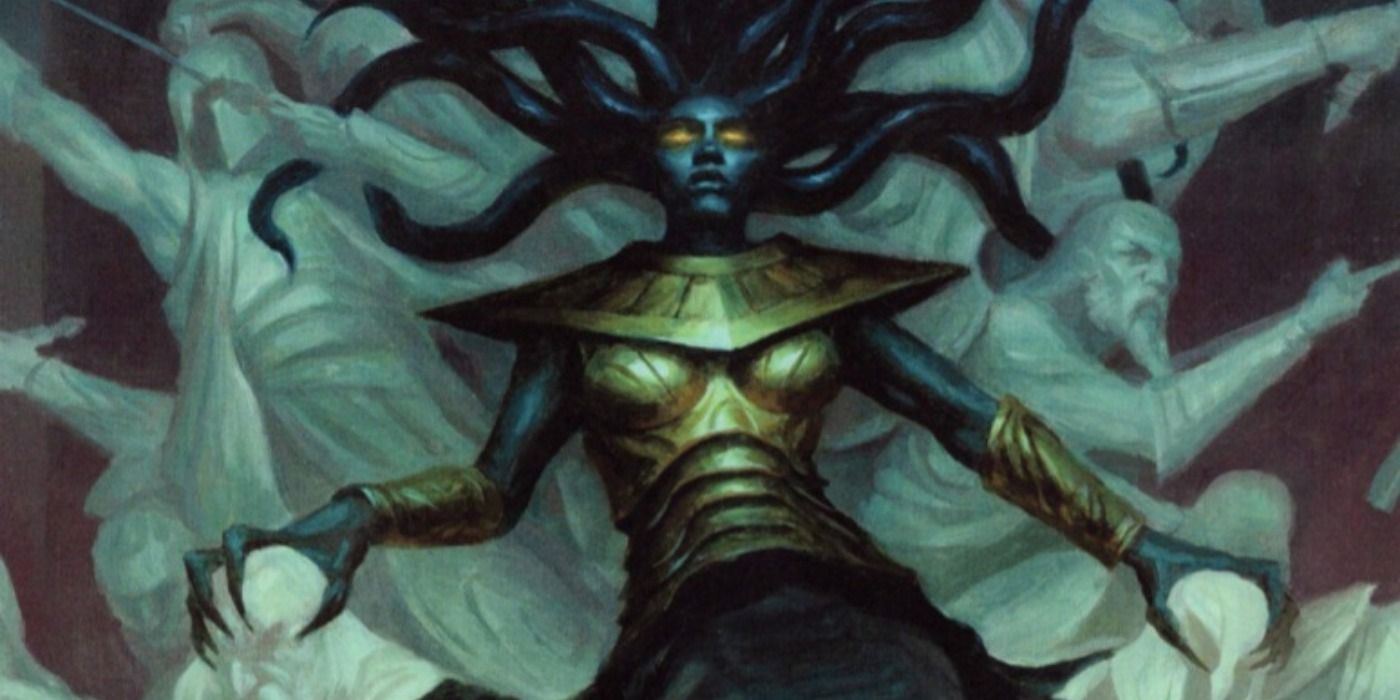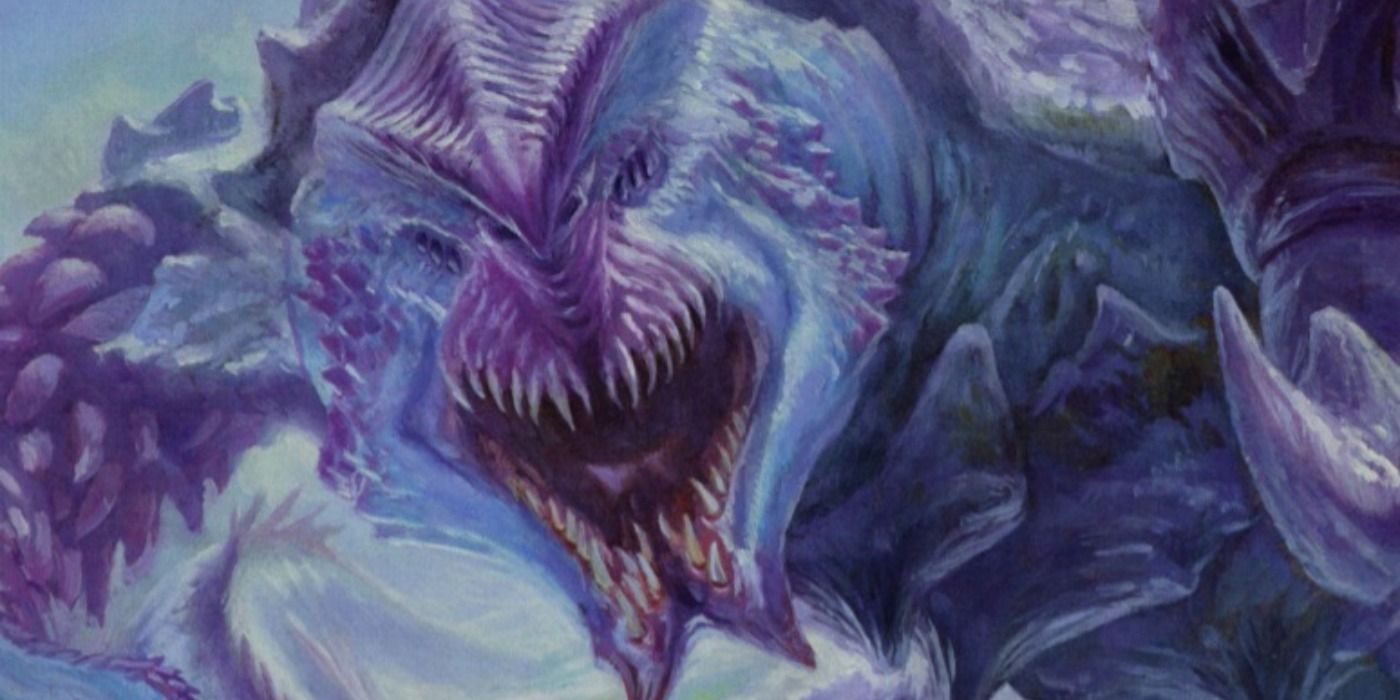The latest Dungeons & Dragons book will change the dynamic of boss encounters going forward, as the new rules for Mythic monsters have set the standard for what all final encounters should be in future campaigns. It's a common trope in anime and video games for enemies to transform mid-battle, yet it has only now been codified in the rules of D&D.
There are some franchises where transformations are part of the appeal, including the evolutions in Pokémon, the end bosses in the Final Fantasy series, and the villains in Dragon Ball Z. The only real equivalent to this in Dungeons & Dragons is lycanthropy, with enemies transforming into were-creatures. There are abilities and spells that allow magic-users to transform, but these come with some severe limitations, otherwise, spells like polymorph would break the game.
The latest Dungeons & Dragons book is Mythic Odysseys of Theros, which adapts the Theros plane from Magic: The Gathering into a D&D setting. Theros is based on ancient Greece, which means that it is filled with powerful monsters that are inspired by Greek mythology. Mythic Odysseys of Theros introduces three incredibly powerful monsters - Arasta of the Endless Web, Hythonia the Cruel, and Tromokratis. What makes these monsters so potent is the fact that they possess the new Mythic trait, which means that they won't stay dead for long.
How D&D's Bosses Are Evolving
The Mythic trait gives the monster access to new abilities and features when it's activated, which usually happens when it's killed. Arasta has 300 hit points. If the players manage to drop her to zero hit points, her Mythic trait will activate. The DM is expected to read a new segment of descriptive flavor text, which in Arasta's case, involves countless spiders bursting out of her body. Arasta then gains 200 hit points, as well as an additional 100 temporary hit points, and adds three Mythic actions to her Legendary actions list.
We spoke to the authors of Mythic Odysseys of Theros about the inclusion of Mythic traits, and they said that the intention was to bring an epic feel to battles. Enemies with Mythic traits are intended for final boss encounters, in order to end things with a bang. The idea is for the players to think they have won, only for the DM to smile, pull out the book, and prepare for the second half of the fight.
Mythic Odysseys of Theros features three Mythic encounters with high-level monsters, but we're most excited to see how the Mythic rules are used in future campaigns. We know that a three-stage boss encounter is planned for Icewind Dale: Rime of the Frostmaiden and more Mythic monsters will likely be appearing in future modules. It's also exciting for DMs to be able to use the rules in their own campaigns. For years, DMs have tried to insert the idea of transforming bosses into their game, with varying degrees of success, but the Mythic rules make it easier than ever to plan out epic final confrontations in Dungeons & Dragons campaigns.
Mythic Odysseys of Theros is available now.


